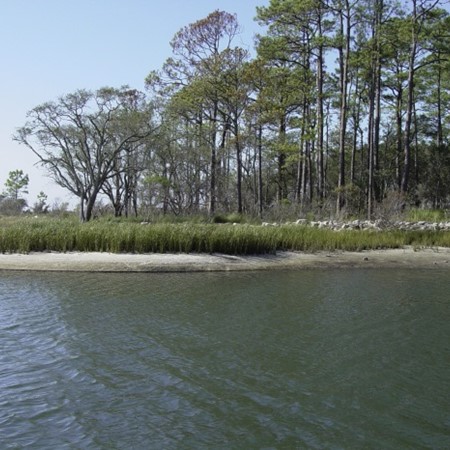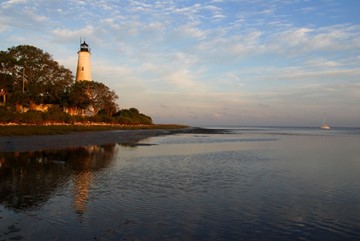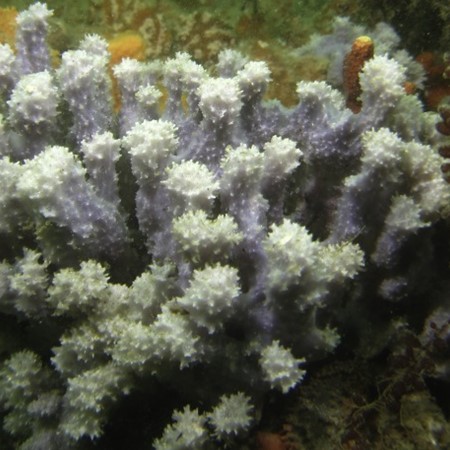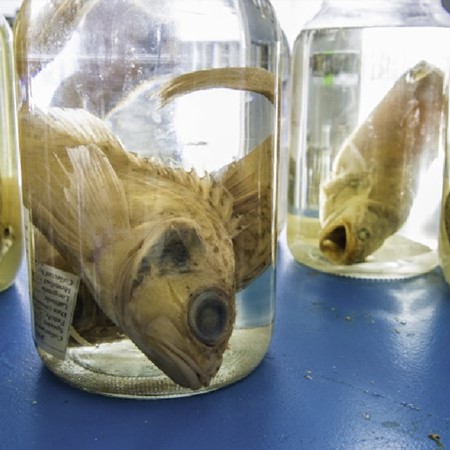
From acidic freshwater wetlands like the pitcher plant bogs that occur in northwest Florida (the greatest concentration of pitcher plants on the planet) to saltwater marshes like the relatively alkaline Spartina-Juncus stands, learn about the ecosystem services these marvelously diverse habitats bring to the planet.




